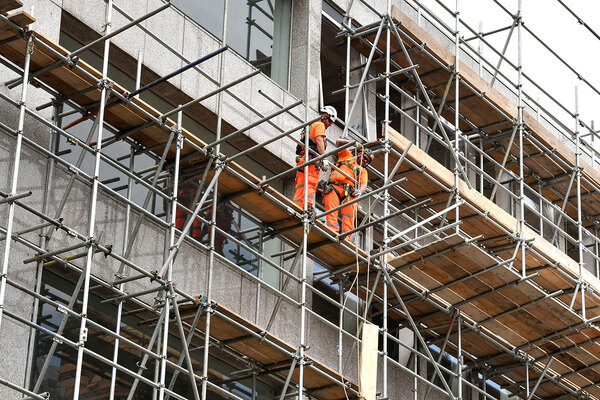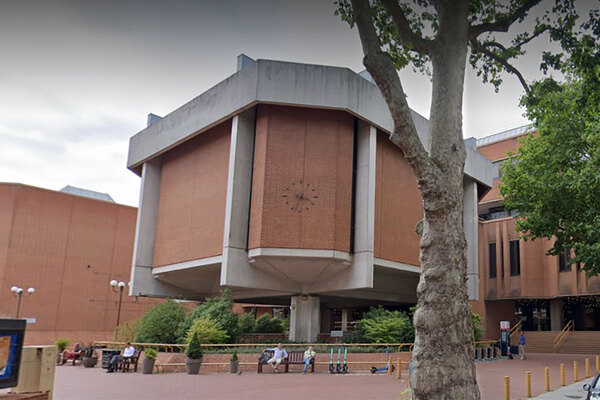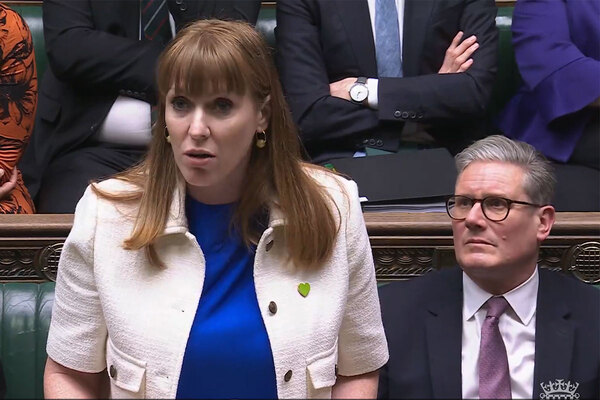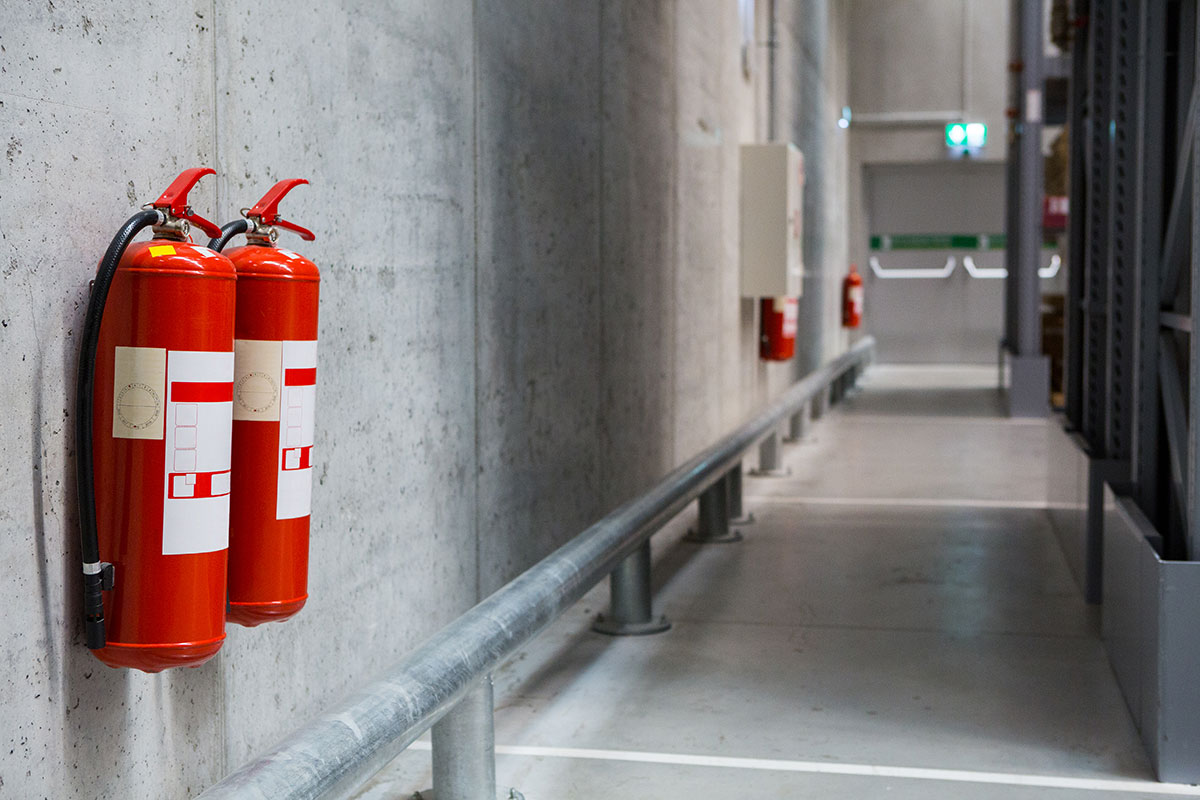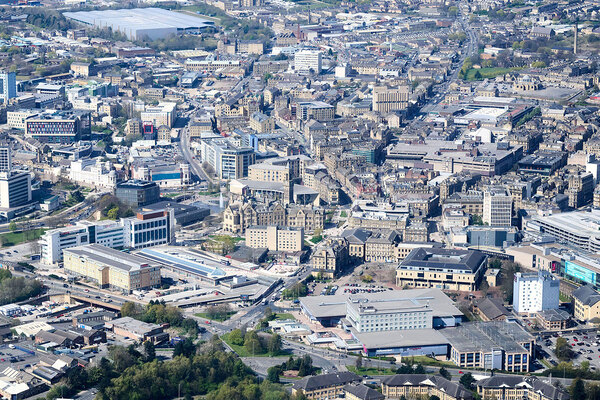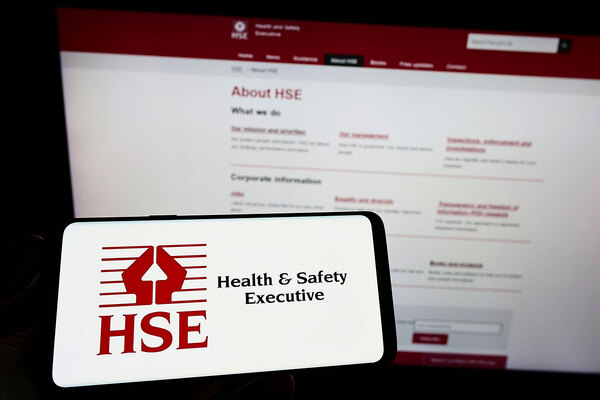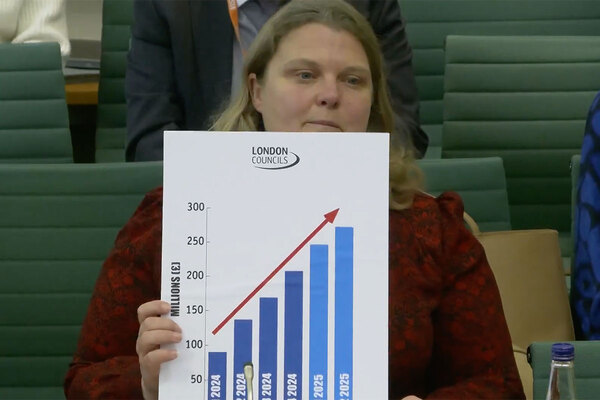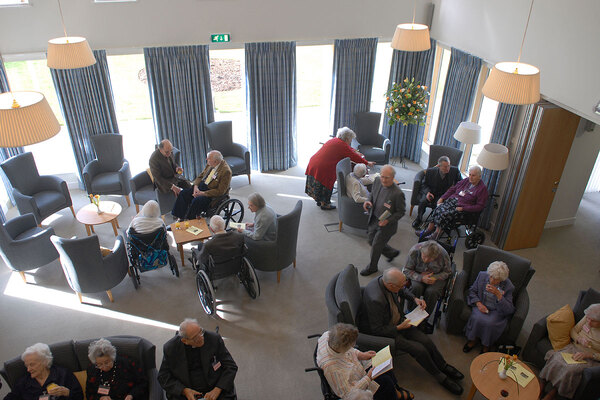Government response to Grenfell Tower Inquiry recommendations: steps forward, but not systemic change
The government’s response to the Grenfell Tower Inquiry will give us a single construction regulator, but leaves much unchanged – including the privatised system of testing and certification, writes Peter Apps, contributing editor at Inside Housing
Speed-reading through my embargoed copy of the government’s response to the Grenfell Tower Inquiry recommendations this morning, I was left in the strange state of being simultaneously underwhelmed and overwhelmed.
Underwhelmed because after seven years of revelations that drew back a curtain on the shocking hidden realities of the construction and housing sector, this all felt hopelessly light as a response. A consultation here. A green paper there. Some new qualification requirements sprinkled on top. It feels like a tweaking of mechanisms, while the wheels of the great, ugly machine keep turning.
But then overwhelmed, because there is just so much detail that makes up this package of reforms and so much is still to be defined. I count one green paper, one regulatory reform prospectus, one major review of the fire safety guidance, at least four new consultations, seven areas where the government itself will carry out some sort of further review, nine where an external body will do so and six where the government will continue to “consider” the impact of potential changes. Keeping track of all this and working out what sort of change is actually being delivered will be beyond any of us.
Not all of this is the government’s fault. The inquiry recommendations themselves managed to be both too lightweight and too complex, and it is natural that the response feels similar. And while the amount of times the government pledges ‘consideration’ instead of concrete action is frustrating to the point of being disingenuous, some consultation is obviously a necessary step in policy change.
Anyway. What about the detail? Let’s pitch in.
A single construction regulator – but no nationalisation of testing and certification
When the inquiry published its recommendation, I wrote that the creation of a single construction regulator was the most significant. It was to take on functions currently under the remit of different bodies – as well as picking up some new responsibilities currently carried out by private bodies.
The government is going to do this (pending its consultation), but with one major caveat: the new body will not take on the testing and certification of construction products as the report recommended.
The government response says this is to avoid a conflict of interest within the new regulator. The concern is that if the regulator was responsible for regulating testing and certification it couldn’t also carry out testing and certification, because then it would be policing itself.
But frankly, I don’t really buy this reasoning. It may be the case that the same government body shouldn’t be marking its own homework, but there are countless examples of one arm of the state reviewing another’s performance (the National Audit Office, Ofsted, the Regulator of Social Housing, etc, etc). The new regulator could have taken on testing and certification, under the oversight of another body. That would have been closer to what the inquiry wanted the government to achieve: a removal of the horrible industry capture of the privatised testing and certification regime.
“The inquiry recommendations themselves managed to be both too lightweight and too complex, and it is natural that the response feels similar”
Leaving testing and certification in the hands of private sector bodies such as the Building Research Establishment and the British Board of Agrément after the sharp criticism in the inquiry report feels wrong. The privatisation of testing and certification and the behaviour this has enabled was right at the centre of the scandal the inquiry exposed. It shouldn’t be left in place.
Nonetheless, the new regulator might be a good thing. It will need proper resourcing. It will need sharp teeth. It will need to be a proper, forceful oversight body that can meaningfully drive poor behaviour out of the construction sector. This depends on how it is formed and funded. But this could happen, with the right political will.
A construction products green paper
Alongside the government’s response to the inquiry, it has published the Construction Products Reform Green Paper, which sets out proposals for tighter regulation of the marketing and sale of construction products complete with “both civil and criminal penalties for manufacturers that engage in misleading practices” and improved legal routes for individuals to seek redress.
The proposals in here seem good – if a little vague in places – but it is hard not to respond by thinking “my God, a green paper?”
We had Dame Judith Hackitt’s review in 2018, we had Paul Morrell and Annaliese Day’s review of construction products in 2023, we have had a full seven-year inquiry that ripped the dark heart of this sector out and placed it, still beating, on public display.
The green paper consultation period will be 12 weeks, but anyone who follows public policy will know that the distance between green paper publication and actual implementation is measured in years.
I would much, much rather have heard the government say “we are going to do X, Y and Z, here is a short consultation on it and primary legislation will come in this parliamentary term”. At this point, none of us need any more evidence.
A key question (arguably the key question) relating to the implementation of this new regime is whether the strengthened “redress” for residents will be retrospective – ie, if you currently live in a building clad with something that was mis-sold back when it was built in 2012, will you be able to get compensation?
That, I understand, is a matter for parliament – so it will be a good test of whether or not the government’s tough talk on manufacturers corresponds to its actions.
Licensing and qualifications
There are some good requirements around the need for fire risk assessors to receive full training and accreditation and moves towards making fire engineering a fully protected professional title. These are good things that will push out bad actors or – at the very least – force them to retrain.
But they don’t cure all the ills; many of the problems in this field come from unethical behaviour as much as incompetence. You don’t cure shoplifting by training thieves about their responsibilities under criminal law. But I do not want to be completely cynical; these proposals are good and well-intentioned, and will hopefully give us a wider pool of properly qualified fire professionals.
Licensing contractors who work on higher-risk buildings is also a good step forward – although as with the regulator, it will depend on the force with which it is implemented. The penalty (losing your license) is a tough one that should grab the attention of the industry, but it comes down to monitoring and enforcement if it is going to be meaningful.
There are many other proposals in this response. Some of them, on the fire service and the response to disasters, are wide-ranging and outside my immediate field of specialism, so I will refrain from snap commentary.
Although I do note that a potentially radical (and extremely necessary) requirement on local authorities to ensure the provision of adequate temporary accommodation in the aftermath of a disaster is downgraded merely to guidance reminding councils of their existing legal responsibilities.
The country will flood and burn a lot more over the course of the next century, and this was a good opportunity to work out a robust strategy for rehousing people when they are displaced that doesn’t involve simply warehousing them in the closest available hotel. That chance is not being taken.
Social housing
Probably my major criticism of the report recommendations was the absence of specific proposals for social housing reform.
This inquiry – particularly to the residents of the tower – was not just about housing and construction, it was about social housing specifically, and the way in which social housing tenants are sometimes viewed and treated.
The inquiry stopped short of making recommendations on this, citing regulatory reforms already implemented by the previous government, but it was of course open to the new regime to go further.
Frustratingly, the response identifies what I would see as a key weakness in the current system, but then proposes nothing to address it. Discussing the function of tenant panels, residents associations, consultation and so on, it says: “We must continue to go further to tackle where there are fragmented systems, barriers to access for vulnerable groups and inconsistent feedback and follow-up.”
Which is right – but there’s nothing in this document to achieve that. A statutory right for residents to establish their own groups, who would then have powers to input on changes to their own homes, would have followed neatly from the evidence of failure at Grenfell.
A tower block after, versus a tower block before
It is worth reflecting for a moment on what it will actually have changed for residents who live in tower blocks like Grenfell before and after the implementation of all the changes that have emerged from this messy and lengthy process.
Sitting in a flat in a high-rise building at the end of this process, you will know that it is no longer legal to clad the external walls in combustible plastic (and any that was there before will either have been removed or is due to be removed).
Any materials that are used will be subject to a more robust system of regulation and oversight than they are now – although they will still have been tested and certified by a private company paid by the manufacturer.
Your social landlord will be subject to a consumer regulation regime that looks into its provision of services in a new way. You will have a legal right to have serious defects fixed within a set timeframe, and be able to claim compensation if they aren’t.
Any contractor that comes to do work on your home will need to be licensed and will be regulated by a new state body. The fire risk assessor who reviews the block will need to be much more thoroughly trained and registered. Your fire door will have been checked within the past year to ensure that it self-closes in an emergency, and so will all your neighbours.
“A statutory right for residents to establish their own groups, who would then have powers to input on changes to their own homes, would have followed neatly from the evidence of failure at Grenfell”
If there is a fire, the fire service will be better trained and equipped to deal with a major blaze in a high-rise building, and if you have disabilities that prevent you from leaving, firefighters will have your details and location.
These changes are not nothing. They have been hard-fought for by tenant groups and their supporters. The bereaved and survivors of the Grenfell Tower fire have pushed relentlessly against a reluctant system to get us this far. All those who contributed to the public inquiry’s revelations have played a role in bringing them through.
But there will be much that has not changed.
Still, you will be sitting in a building with no sprinklers or automatic fire suppression – unlike many other similar blocks around the world.
Still, there will be no fire alarm system to alert everyone rapidly if a fire does get out of control.
Still, if you have disabilities, no plan will have been made to allow you to escape under your own steam and no equipment will have been provided to help your nearest and dearest get you out.
Still, the primary fire safety strategy will be ‘stay put’ – with no plan B made for what to do if the building safety features on which this depends fail.
Still, if this does happen, you will be reliant on a dangerous descent down a single narrow staircase to get out.
We have travelled since June 2017. But we have only gone so far. And I, at least, do not yet feel it is far enough.
Peter Apps, contributing editor, Inside Housing and author of Show Me the Bodies: How We Let Grenfell Happen
Sign up for our fire safety newsletter
Already have an account? Click here to manage your newsletters


